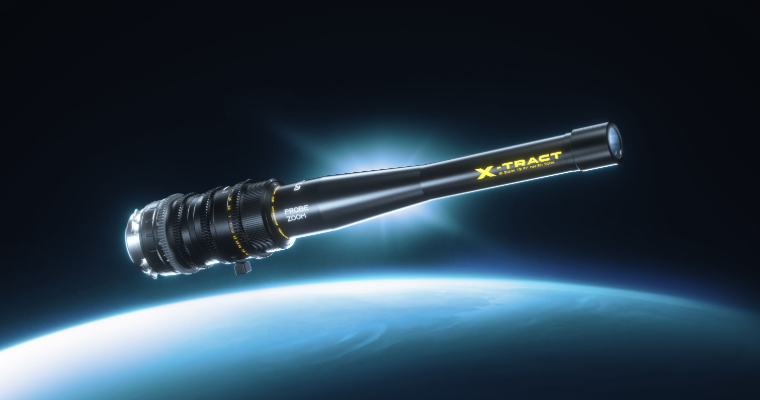2-24-2022
We all know that there are varieties of the most popular prime lenses in the film-making industry, such as the Arri, Cooke,Zeiss, etc. Today I''m going to share with you the differences between these prime lenses, based on a video I watched on the In Depth Cine channel on YouTube.
We all know that there are varieties of the most popular prime lenses in the film-making industry, such as the Arri, Cooke,Zeiss, etc. Today I''''''''m going to share with you the differences between these prime lenses, based on a video I watched on the In Depth Cine channel on YouTube.
Cooke speed Panchro
Their extremely fast T/2 to T/2.4 prime lenses revolutionized the optics of the time, which were typically far slower. And this lens fast getting popular as they let in more light and negated the use of large arc lamps.


DZOFILM Catta Zoom T2.9 have Similar star-like Flare:
The speed Panchros have amazing close focus, the 32mm in particular has a close focus of only 16 inches, with means you can almost focus all the way up to the matte box and get very tight shots in focus with a wide lens.



The vintage look has made them a popular choice for period film or for Dops who want dreamy, vintage look to their images by shooting them wide open.


From old to new, the master prime were co-developed by Arri and Zeiss in 2005.This modern lenses feature a constant, super fast T1.3 aperture from their 12mm to their 150mm primes. They aren''t the most compact of spherical primes, but they are solidly constructed.
Cinematographer who value clean, high resolution sharp image often choose lenses. They were designed to be as sharp as possible to provide maximum clarity that counteracts shooting 35mm film. The sharpness is enhanced even more when applied to digital sensors. Even wide open at T/1.3 the lenses maintain sharpness across the frame.


Master Primes have medium to high contrast and drastically reduced flares. They often used by DPs shooting on film or by those required a perfect, optically superior digital image which is totally devoid of vintage characteristic or optical imperfections.


Canon K-35
They are also compactly built, lightweight and feature a fast T/1.4 aperture. This makes them a good choice for light builds. Such as, handheld, gimbals or drone work. Unlike many vintage lenses, which only cover super35 sizes, the K-35s can cover a broader full frame sensor. They are sharp with a notably lower contrast than modern primes, their flares are interesting and take on an orange, purple colour. Like the super speeds, the k-35 has been used on films for lower contrast look and sometimes even paired with the super speeds such as on Handmaid''''s tale which was shot on K-35, with select close ups shot on wide angle zeiss glass.



That''''''''s all I learned in this video from In Depth Cine, hope this sharing can help you as well! (The above images are from the YouTube channel: @In Depth Cine)
#DZOFILM #Catta #fullframe #zoomlens #cinelens #lens #filmmaking #filmmaker #newlens #dzofilmnewlens #Cooke speed Panchro #Canon K35 #Arri #zeiss

